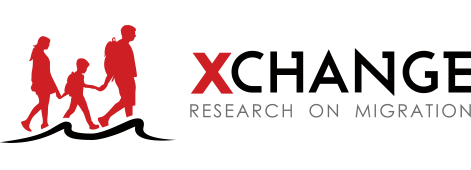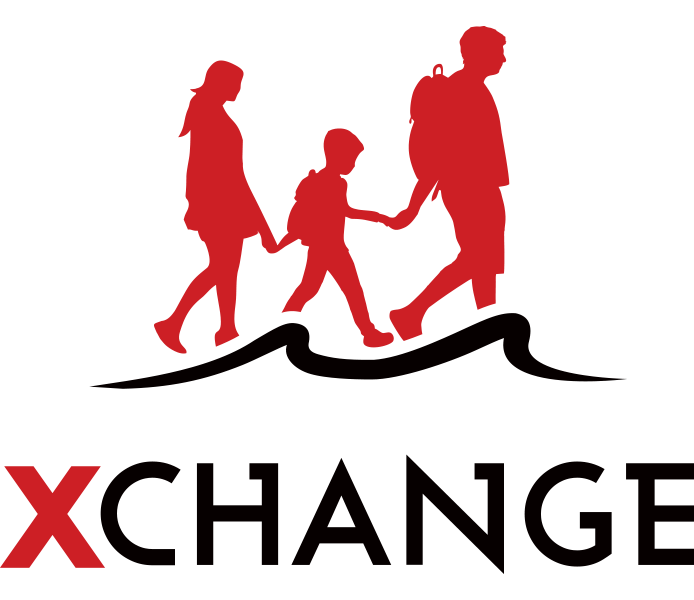The Sahel region sits below the Sahara. It is a massive stretch of contested land stretching from Mauritius to Eritrea. The region is filled with vibrant culture, varying ethnicities, and nomadic peoples. This land is rich with resources, human and natural resources, yet it is fraught with insecurity. According to the UN, of the 100 million that live here, 4.7 million are listed as a population of concern, 2.5 are internally displaced. 960,00 have become refugees and asylum seekers. There are also incredible rates of unemployment. Weak governance, continual political unrest, as well as increasing climate insecurity combine to make this population one of the most vulnerable, and neglected in the modern world.
Modern Conflict
The political situation in this area is complex. Unrest dates back to pre-colonial times and was perplexed by the waves of colonization and modern coups. Instability has become an unfortunate marker of this region with the situation worsening following the regime shift in Libya and the 2012 uprising in Northern Mali. Shifts and insurgencies in these countries and their neighbors are often due to the poor governance and continual power struggles which left many populations neglected for decades.
Social factors and physical threat have ripened these overlooked populations who were left to fend for themselves and ultimately to become recruits for political separatists and extremists. In the past decade armed groups and violence have spread with movements resourced by vulnerable, often desperate groups. Isolated uprisings in the north of Mali are moving through to the central regions and seeping into boarding countries including Burkina Faso and Niger.
Increases in violence are marked by the number of displaced peoples which has increased “tenfold since 2013, from 217,000 to a staggering 2.1 million by late 2021.” Displacement was sparked in Libya and Mali and spread leading to over 400,000 in neighboring Burkina Faso, Mali, and Niger.
In 2021 a wave of violence across the Sahel displaced nearly 500,000 people. Over 800 fatal attacks in the same year were reportedly carried out by armed groups. This surge forced people out of their native homes to other regions and many to neighboring counties.
In Burkina Faso, internally displaced people (IDPs) rose to more than 1.5 million by the end of 2021. 60%of the Sahel’s IDPs are now Burkinabe. And in Niger, the number of IDPs in the regions of Tillabéri and Tahoua more than doubled in the past year. Mali has approximately 400,000 people who are displaced inside the country – increasing 30% from the previous year.
How does this affect those that are displaced?
Conflict in the region and continual displacement from traditional homelands greatly impacts citizens of the region. Poverty in Sahel is a widespread issue. Per capita this region earns far less than the rest of the continent. An estimated 80% of Sahel people live on less than $2 per day. Many of the most impoverished also lack access to education, economic opportunity, social benefits, and/or governmental protection.
With increasing violence, nomads (which make up __ of the population) are forced from their traditional routes. Violence has erupted over herding grounds and safe grasslands are becoming scarce. Theft of livestock is an increasing problem and lack of safety is causing many nomads to sell their cattle and attempt to adapt to entirely new circumstances in cities and villages. While many areas welcome IDPs there is also longstanding tribal conflict which often increases instability in these areas as well.
If this wasn’t enough…
Climate insecurity is on the rise for the Sahel region. The central Sahel is one of the most vulnerable to effects of climate change. In this region temperature increases are 1.5 percent higher than the global average. The region has always been affected by fluctuation of water going from extreme drought to floods, the situation however, is getting worse. Climate change is causing more intense and frequent droughts which are intensified by warming climates.
“Recurring zones of drought throughout the Sahel have contributed to record levels of hunger.” Over 20 million people were forced into food insecurity with an estimated 4.7 million experiencing acute malnutrition in 2014. In 2012, 18 million people were at risk for starvation across the Sahel. Climate impact in this region is especially notable as 80% of the population’s economy relies on agriculture and livestock which increases land degradation and desertification. Unpredictability in water and food availability has only increased both malnutrition and risk of starvation in the region. According to UNHCR reports, 1.6 million children are “severely malnourished and in Central Sahel…29 million are in dire need of humanitarian aid”, 5 million of those are children.
In the end those most vulnerable are the ones that suffer most. In the Sahel the most vulnerable are women and children. Women are facing increasing rates of gender-based violence and lack of resources in the region are contributing to higher rates of child marriage. Studies show that child marriage plays into the cycle of abuse increasing the likelihood of violence experienced by the child and into their mature relationships. They also experience greater risk of physical and sexual violence, more dangerous childbirths, and higher rates of HIV/AIDS.
Acute malnutrition, which affects 1 million children under the age of 5 in the region, threatens an entire generation. Malnutrition occurs when the body has no more energy from food. The body then begins to consume its own tissue to survive “targeting muscle and body fast first”, slowing the metabolism, disrupting thermal regulation, deteriorating kidney function, and dismantling the immune system. As this process develops the symptoms become unbearable and the chance of survival diminisses.
Collectively, this cycle of climate insecurity feeds into the parallel cycles of violence and conflict. As resources become more and more scarce conflict over these resources increases. As people are continually forced to flee from natural and political disasters, displacement increases and local resources are wearing thinner and thinner.As such, international relief is also becoming a contested resource.
Humanitarian Aid in Sahel
Humanitarian agencies are facing more and more barriers and delivering assistance and protection as danger in the region rises. In the same way that herders and displaced peoples face risks crossing borders, so too do humanitarian organizations. According to a 2019 MSF report, it is difficult for “both humanitarian workers to reach people, and for people to reach services such as healthcare – is tremendously complex, due the presence of many small, highly mobile armed groups and physical barriers such as road blockages.” Organizations across the board report high risks of road attacks, ambushes, and carjackings. Natural disasters and shifts in weather also add to human threats and weaken emergency response.
Looking Forward
Experts agree that the solution in the Sahel has to be multisectoral and long-term. These issues do not exist in a vacuum but play off of each other. Governments influx cannot create long term plans or provide security. Humanitarian aid workers cannot provide supplies and medical care if they are under physical attack. Nomads cannot safely cross through war torn regions. Cities cannot continue to take on more people without support.
The question of adaptability to both climate and conflict should not be solely on the shoulders of those affected. The downward spiral must be curbed by an approach that encompasses “gender, population, nutrition, climate change adaptation, conflict management, and humanitarian response”. To do this, there must be collective action, agreement, and attention given by all parties. This effort should be taken in tandem with those most affected through participatory research and action. Most of all global neglect must cease. The situation in the Sahel cannot wait.



